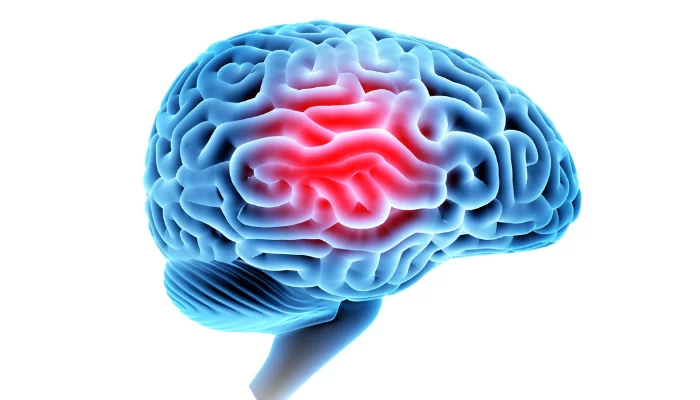
[et_pb_section fb_built=”1″ admin_label=”section” _builder_version=”3.22″][et_pb_row admin_label=”row” _builder_version=”3.25″ background_size=”initial” background_position=”top_left” background_repeat=”repeat” locked=”off”][et_pb_column type=”4_4″ _builder_version=”3.25″ custom_padding=”|||” custom_padding__hover=”|||”][et_pb_text admin_label=”Text” _builder_version=”4.9.4″ background_size=”initial” background_position=”top_left” background_repeat=”repeat” hover_enabled=”0″ sticky_enabled=”0″]
No one likes to feel a headache coming on, but it’s a familiar sensation for just about everybody. When you start to feel a dull pain in your temples, you might not think that much of it. Maybe you’re just stressed. You might just need to take an aspirin or lie down for a moment while it passes. It could even just mean you haven’t been drinking enough water. However, it’s also possible that you could be experiencing a migraine — a neurological condition which may not be resolved by traditional headache remedies. If you suffer from headaches, it’s important to be able to identify the type in order to properly get to the root cause.
What are the different types of headaches?
– Tension Headaches: The most common type of headache, a tension headache will usually present itself as a dull, aching sensation that creeps across the sides of the head, beginning from the back. You may also feel an aching pain in your forehead, neck, or shoulders. Tension headaches are often caused by stress and in most cases can be treated using over-the-counter pain medications.
– Cluster Headaches: Cluster headaches cause extreme pain on one side of the head. As their name suggests, they typically emerge in a series of headaches with pain subsiding in between. The pain is often described as a burning or piercing sensation, and can last from a half hour to a few hours. Typically you will experience no symptoms during the periods between headaches.
– Sinus Headaches: Migraine headaches are often confused for sinus headaches, which occur due to an infection or allergic reaction and are frequently attended by cold-like symptoms such as runny nose, cough, or fever. These headaches can often be treated using nasal sprays or over-the-counter decongestants.
How is a migraine different from a headache?
Migraines are powerful headaches that can last for days. They cause throbbing pain which is usually localized on one side of the head. People experiencing migraines will often experience heightened sensitivity to light and sound, as well as nausea and vomiting in many cases. In about 20% of cases, a migraine will be preceded by a visual distortion referred to as an “aura.” This can appear as fuzzy vision, dark spots, flashing lights, or lines appearing across your field of vision.
What causes migraines?
There are several factors that can affect your likelihood of experiencing migraines. They are three times more common in women than men and can be linked to your family history or some neurological disorders. Migraines can also be partially triggered by environmental and lifestyle factors such as sleep deprivation, hunger, dehydration, chemical exposure, or post-traumatic stress. You can read about them more in detail here.
When does it get serious?
Migraines can be debilitating, making it difficult or impossible to manage everyday tasks. It is recommended that you see a doctor if you find yourself experiencing severe headaches upwards of three days out of each month. Over-the-counter medications may help you manage your symptoms in some cases, but if these are ineffective your doctor may prescribe triptans or other medications to decrease inflammation and improve blood flow to the brain. If you are experiencing migraine symptoms as well as tingling in one arm and/or one side of the face along with difficulty speaking, you should contact a doctor right away as these could also indicate a stroke.
Getting a migraine diagnosis
If you are having recurring headaches, your doctor will be able to diagnose the issue by reviewing your symptoms and family history. MRIs or other imaging tests may be performed to identify the specific cause of the headaches. Remember: living with chronic migraines is not normal. Listen to your body and don’t hesitate to schedule an appointment if something feels wrong.
[/et_pb_text][/et_pb_column][/et_pb_row][/et_pb_section]


